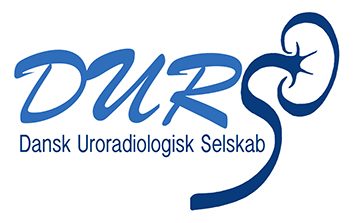The EU COMMISSION has approved the proposals from EMA regarding gadolinium based Contrast Media
CLICK HERE for the statement from the EU commission.
ESUR Summary:
- different measures to minimize risks have been taken for higher and lower risks GdCAs;
- no differences have been made for medium and low risk products.
Measures taken:
- Discontinuation of breast feeding for at least 24 h is therefore recommended for all patients receiving high NSF-risk GdCAs.
- The use of high risk GdCAs is contraindicated in patients with severe renal impairment. Strong warnings are included in the GdCAs of medium and low NSF risk as regards use in patients with severe renal impairment but subject to dose restriction to a minimum during a scan and with a minimum 7 day interval between administrations.
- For patients with moderate renal impairment, since the risk is unknown for the high risk category of GdCAs it was agreed that use should only be considered after careful consideration of the benefit-risk, subject to dose restriction to not more than one injection of the minimum dose during a scan with a minimum 7 day interval between administrations.
- Patients undergoing liver transplantation are at particular risk of NSF if exposed to GdCAs particularly to the high-risk GdCAs. Therefore the use of high-risk GdCAs is contraindicated in this population. Strong warnings are included for medium and low NSF risk GdCAs as regards use in this particular special population.
- The use of the high risk category of GdCAs in neonates up to 4 weeks of age is contra-indicated. The use of medium and low risk GdCAs in neonates should only be considered after careful consideration subject to dose and interval administration restrictions.
- Screening for renal dysfunction: For all patients to whom high NSF risk GdCAs will be administered, mandatory screening for renal dysfunction by laboratory tests is required. This screening is recommended for all patients who will receive medium and low NSF-risk GdCAs.
